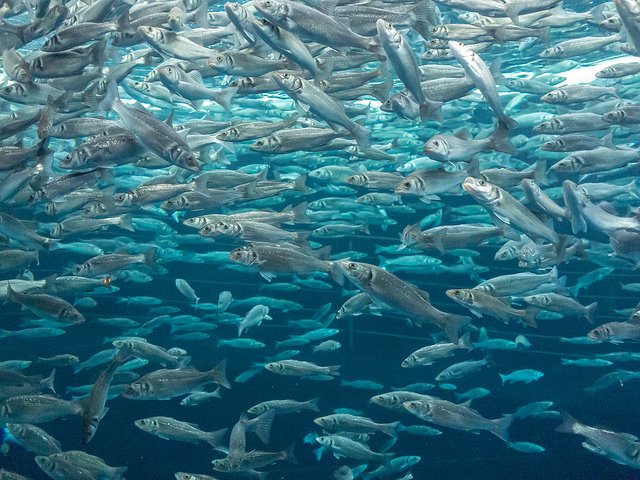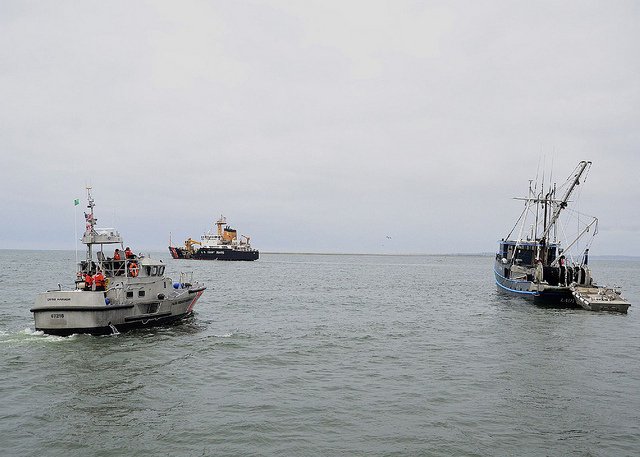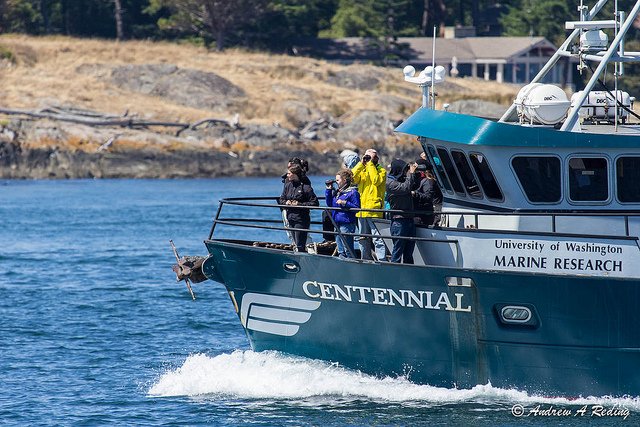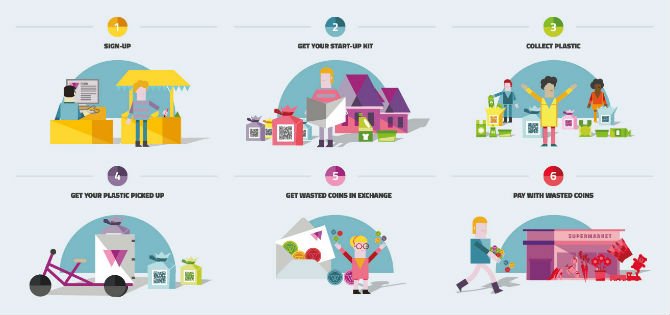What is Global Goal 14?
Goal 14 is all about the oceans, seas and what’s swimming around or existing in or near their depths. Sharks, barrier reefs, krill, shores, algae, tuna, turtles, that salt that shot up your nose the last time a wave crashed over you--all protected under Goal 14’s guidelines.
For all the humans out there:
If you fish, don’t annihilate populations with reckless practices. Don’t dump stuff in the ocean. Stop tearing up coastal areas for development. Stop consuming and polluting in such massive quantities.
How plausible is Goal 14?
Maybe you’ve heard of the Great Pacific Garbage Patch? What about how more oil is dumped in the ocean each year by intentional spillers than by headline-grabbing corporate accidents?
Yea, when you think about how enormous swaths of the ocean are essentially lawless, Goal 14 begins to look daunting.
But looked at from another angle, goal 14 is ripe for action. If countries finally muster the collective will to address harmful maritime behavior, then the situation can only improve.
Implementing international policies that guide fishing practices and pollution is a huge step in the right direction and can begin the process of rehabilitating marine life.
Has any progress been made?
You won’t see corporations brazenly dumping chemicals into the ocean as frequently as you would have in the past, but that doesn’t mean it doesn’t still happen on the reg.
Dramatic global economic growth has simply overpowered regulations from the past. The need for more food and more trade has left the oceans and seas increasingly vulnerable to human activity.
Around 76 percent of the world’s fish populations are endangered and ocean acidification, which has troubling consequences, is increasing.

Citizens are mobilizing, though. The Ocean Conservancy enlisted volunteers from 97 countries to clean up coastal beaches and inland waterways in 2012.
This is encouraging news because citizens play a key role in demanding stronger maritime laws and must do their part in cleaning and protecting the oceans--whether by recycling or buying sustainably caught fish.
Who are the leaders on Goal 14?
Iceland is a sustainable fishing leader. The country has a quota system in place for 200 miles of ocean, which prevents fishermen from harvesting more than 25 percent of certain species.
All fishermen, fisheries and regulatory bodies are on board with this policy, which gives the country control over the entire supply chain.
Iceland has also demonstrated that sustainable fishing is not just ethical but also profitable.
In fact, if countries implemented sustainable practices, an estimated $51 billion USD would be added to the fishing industry over 10 years.

A broad group of other countries are waking up to the urgency of protecting the oceans.
The US and China signed an agreement in June to cooperate on “oceanic scientific research, maritime enforcement, maritime security, maritime search and rescue, and sustainable use of maritime resources.”
Even more significantly, countries agreed to a binding UN treaty back in January to “protect marine life beyond national territorial waters.”
What tactics will be used to accomplish this goal?
Some actions are common sense and will have no major impact on economies that depend on the ocean.
For instance, fishing quotas. When boats overfish, populations can’t recover, setting subsequent years up for scarcity. It’s a vicious cycle.
Fishing quotas allow human demand to be met while allowing fish populations to thrive.
But many countries lack either the will or the resources to regulate marine activity. That’s why international cooperatives will have to be formed to ensure that marine regulation is homogenous not filled with gaping holes.
Many senseless subsidies exist around the world that incentivize the overcapture of certain species and put too many boats on the water. These have to end immediately.
Governments should instead begin empowering small-scale fishers to compete on the global market and promote the use of sustainable tools and methods.

More sensible waste management policies will also go a long way in rehabilitating the oceans.
The garish garbage patches all throughout the world's oceans are appalling, but a more insidious threat to ocean life is microplastics.
One of the reasons why plastics are so prevalent is because they don’t fully break down for a long time. This makes them a scourge to the environment.
When in the ocean, plastics break apart into tiny particles that sink to the bottom of the ocean and affect smaller organisms. While bigger plastics are harming bigger creatures, microplastics are undermining the foundation of the marine food chain.
So governments will have to figure out a way to deal with this growing threat, first by drastically curbing how much plastic gets into oceans in the first place.
At least six million tons of plastic end up in our seas and oceans every year.
The EU is devising a proposal for an improved circular economy that better reintegrates the plastics used every day into secondary industries.
Restoring coastal areas by cleaning up trash, promoting biodiversity and reintroducing natural bulwarks against disaster is another necessary measure.
Finally, investing in research. Scientists need much more funding to uncover the ailments of marine life and even more funding to come up with solutions.

In an era of hyper-globalization, governments must let researchers boldly explore, instead of forcing them to cautiously guard each dollar.
What can you do?
First, think before you book that 11-day cruise. It might be oodles of fun for the people gambling and gorging on bacon-wrapped lobster rolls and guzzling martinis, but for the water around that mammoth boat, not so much.
One billion gallons of sewage dumps into the ocean each year from cruise ships. According to the US EPA, a cruise ship with 3,000 passengers produces 21,000 gallons of sewage waste a day.
Hop on a row boat instead--and take your trash with you when you get back to shore.
Or find a responsible cruise. There’s enough out there.
Next, recycle everything that can be recycled--No more trash should make it to the ocean!

Start buying fish from companies that harvest fish in a sustainable manner.
Also, pressure politicians to enact international regulations for the open seas. If laws can apply on land, then they can apply on the water.
Finally, make Goal 14 famous by sharing it with your friends and family and go to TAKE ACTION NOW to ask world leaders to commit to achieving it.